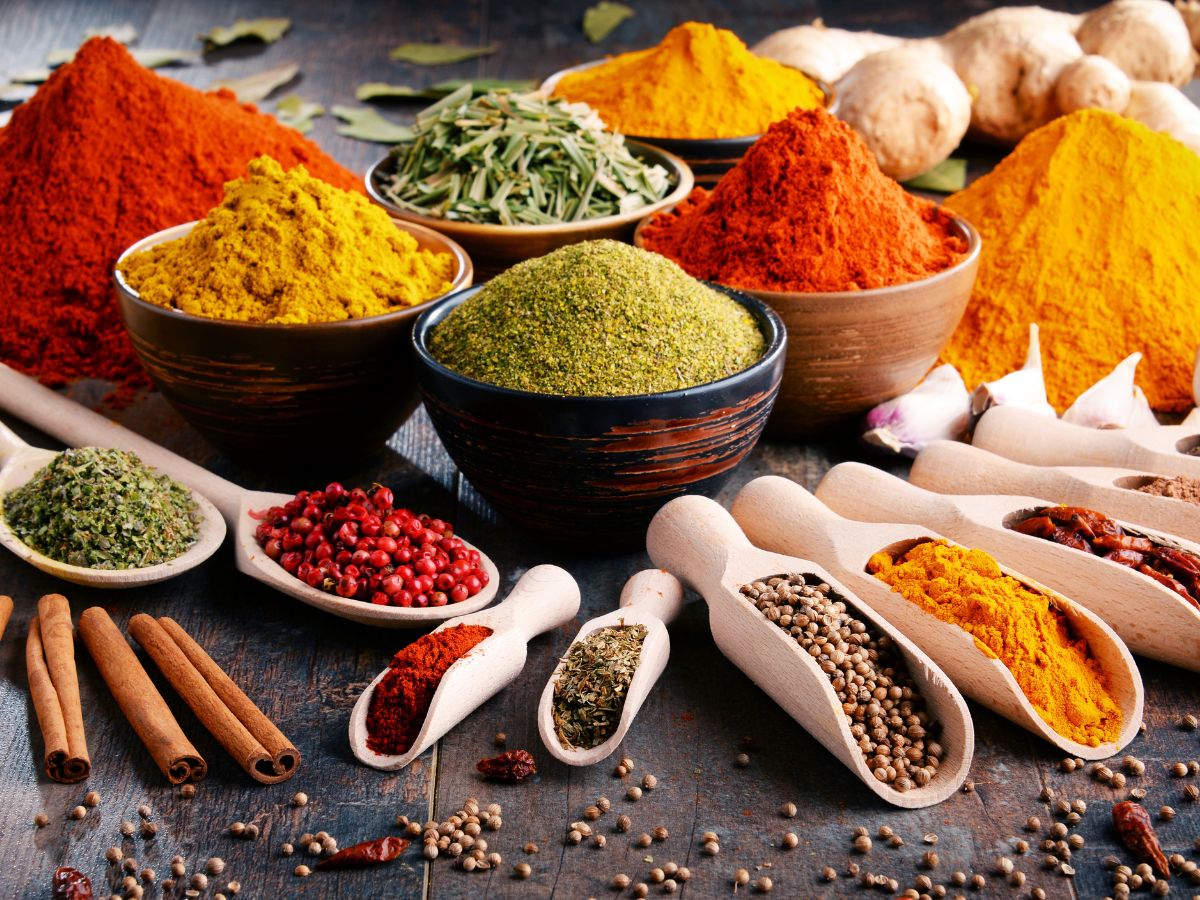
One of my favourite methods to give my cuisine a little flair is to use spice mixes. You may create a unique flavour experience with your go-to dish by adding the correct spices to it. We’ve discussed spice mixes once before, in response to a reader inquiry as well as in an introduction blog post. We’ve likewise witnessed recipes spring to life when the proper spices are used. Given the apparent interest, we’ve thought we would go into further detail and demonstrate for those of you who want to employ spices to elevate any dish from a five to a ten. If you want the best of all time curry paste for your meal then search for curry paste UK, they come in different tastes but you will never regret your choice here.
Purchase Fresh Spices First
Make careful to purchase fresh spice mixes when you go shopping. This is particularly crucial if you intend to use them to prepare recipes for food preparation or baking that call for an excessive amount of spices. Spices that are purchased already ground and added directly to a dish will lose most of their taste and aroma when processed in a machine such as a food processor or blending.
Because they maintain their chemical components longer than pre-ground ones do, freshly ground spice mixes can also have a higher flavour profile. Fresh ground spice mixtures are generally more aromatic than bought from stores, and they’re also more beneficial in general because they are free of chemicals and preservatives.
Give Away Your Old Spices
Do you know those tiny spice-powder-filled caddies that appear to adorn most kitchens? I’ll turn around to allow you to discard them discreetly. Exactly how many years ago those spice mixes had been ground before having even reached the packing plant, where the tiny bottles were filled and placed into the charming little carousel, is impossible to determine. And after all of this, they spent an absurd amount of time on a store shelf until you found them a decent home. Throw those previous versions away before anyone learns anything about using spice mixes and creating seasoning blends.
Give Up Worrying!
Cooking is easy, enjoyable, and entirely focused on experimentation. Even though many publications and chefs may portray it as such with intricate recipes involving hundreds of ingredients, it is not a well-defined science. There is no acceptable or unacceptable technique; you have just made something amazing if you appreciate the flavour and, ideally, the opinions of those around you. You can play around, mix the mixes, add odd items from your kitchen, and amuse yourself; as long as you don’t poison yourself, though, you should be alright.
Properly Store Your Spices
The flavour and shelf life of your spices depends on how they are stored. They ought to be stored out of direct sunlight and dampness in a cold, dark place. To keep strawberries fresher lasting longer, store them in a container that is airtight with no cracks.
Keep animals away from the spice cabinet! Because pets enjoy chewing on food products, they could cause your carefully crafted mixes to go bad much sooner than necessary whenever they get into these jars or bottles! Additionally, if you’re a parent or merely have kids, make certain that all of the receptacles are child-proof to prevent accidents if their inquisitiveness gets the better of them. Kids love to experiment with food!
Before Grinding Individual Spices, Toast Them
Spices may truly develop new layers of flavour when toasted. Before grinding or crushing, most “warm” spices, such as cumin, coriander, and cinnamon, which is should be well-toasted. This is particularly important if the spice mixes are being used in a pureed liquid soup that won’t be roasted along with the food. It’s incredibly simple and enhances the flavour. Simply place your herbs and spice mixes into a dry pan without any oil and warm them up over high heat.
Uses for Almost Any Spice Blend
- Popcorn: The original and simplest method for enjoying nearly any spice as well as spice blend! Sprinkle some on top of just-popped popcorn.
- Roasted vegetables: Tossing a spice blend with vegetables that have been roasted is another simple way to experiment. To prevent the spices from scorching during cooking in the oven, I normally do something after roasting rather than before.
- Blended into velvety soups: A dash of spice mixes can be added to lentil or creamy butternut squash soups. If the taste appeals to you, go ahead and increase the amount.
- Egg salad: There’s a reason curry egg salad is popular—it tastes amazing! Experiment with different spices in your egg salad; the dressing’s fat acts as an excellent medium for flavour.
Final Words:
Since a lot of Indian food is spicy, you should choose a spice blend that goes well with the meal it is meant for. Keep in mind that every spice has unique health advantages, so try different combinations, such as cardamom pods, cumin, for instance, coriander seeds, turmeric root powder, as well as turmeric root powdered form, to determine which ones perform best in your cooking.
I’m Lilly Crawford, a skilled business expert who’s great at making successful plans. I’ve learned a lot from working at Arrow Redstar and Hi Property in the UK, gaining loads of knowledge about sales and how businesses work. I also write helpful articles about business strategies, using what I know to explain things well. I studied Business Studies in college and love sharing useful ideas to help businesses grow.